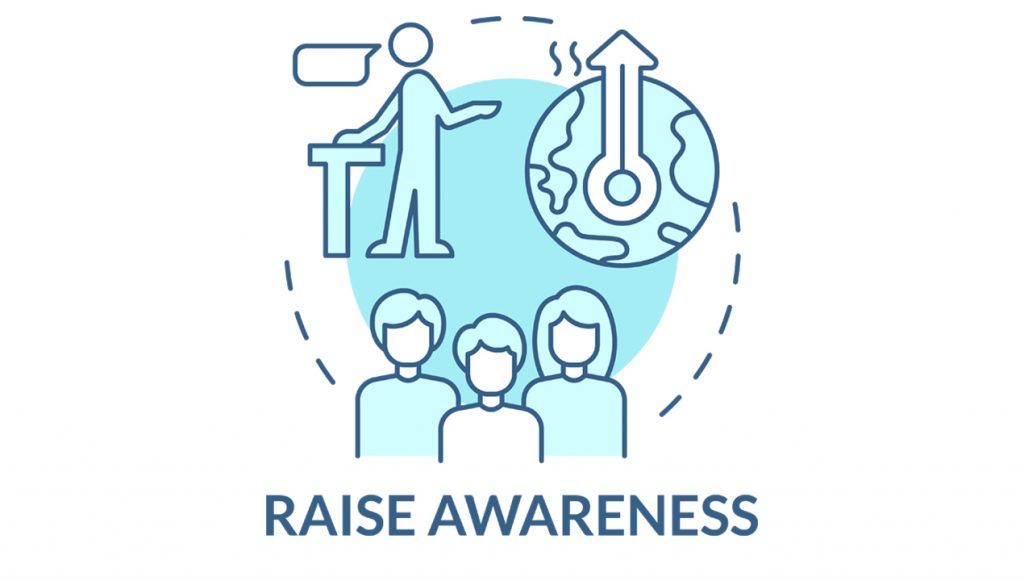Brain injuries are a major public health concern, affecting millions of people every year. According to the Centers for Disease Control and Prevention (CDC), an estimated 1.5 million people sustain traumatic brain injuries (TBIs) in the United States alone each year. Brain injuries can be caused by a wide range of factors, including falls, motor vehicle accidents, sports injuries, and violence. While treatments for brain injuries have advanced in recent years, there is still much that we do not know about how to effectively treat and manage these injuries.
Let us know about the use of stem cells in this Brain Injury Awareness Month
One promising area of research in brain injury treatment is the use of stem cells. Stem cells are cells that have the potential to develop into many different types of cells in the body. In the case of brain injuries, researchers are exploring the use of stem cells to help repair damaged brain tissues.
Recent research has revealed that a variety of stem cells, including mesenchymal stem cells (MSCs), neural stem cells (NSCs), multipotent adult progenitor cells (MAPCs), and endothelial progenitor cells (EPCs), can treat neurological impairment following traumatic brain injury.
According to an interim analysis of the phase II STEMTRA trial, mesenchymal stromal/stem cells (MSCs) derived from the bone marrow can help treat chronic motor deficits brought on by traumatic brain injury (TBI).
Benefits of using stem cells in the Treatment of Brain Injuries:
- Promote regeneration of damaged brain tissues: One of the main benefits of stem cells in brain injury is that they can differentiate into different cell types that make up the brain, such as neurons, astrocytes, and oligodendrocytes. These cells can replace damaged or lost cells in the brain, which can lead to improved brain function and faster recovery.
- Reduce inflammation: After a brain injury, inflammation can occur in the brain, leading to further damage. Stem cells have anti-inflammatory properties that can help reduce inflammation and protect the brain from further damage.
- Stimulate growth factors: Stem cells secrete growth factors that can help promote the growth of new blood vessels and nerve cells in the brain, which can improve brain function.
- Safe and effective: Stem cell therapy has been shown to be safe and effective in treating brain injuries, with few side effects reported. Additionally, stem cells can be obtained from a patient’s own body, reducing the risk of rejection or complications.

Virtual reality shows promise in Brain Injury Treatment
Another area of research that shows promise in brain injury treatment is the use of virtual reality (VR). VR describes a digital environment created by a computer that can be experienced and interacted with as if it were real. Immersion refers to the degree to which a user perceives themselves to be in virtual environments (VEs) rather than the real world. VR systems are typically categorized as immersive, semi-immersive, or non-immersive. Through head-mounted displays, immersive VR systems provide VEs with a shifting field of view (HMDs). Hardware like hand controllers, head trackers, and body motion sensors are used to move around in immersive virtual environments (VEs). Driving simulators and the use of shutter glasses are examples of semi-immersive VR systems, whereas non-immersive VR systems include standard desktop displays and videogames.
VR technology allows patients to experience simulated environments that can be tailored to their specific needs. For example, a patient with a brain injury may benefit from a VR program that helps them improve their balance or hand-eye coordination. One study published in the Journal of Head Trauma Rehabilitation found that using a VR program as part of a rehabilitation program for patients with TBI helped to improve their cognitive function and overall quality of life.
Due to perceived advantages over conventional methods, virtual reality is being used more frequently for the evaluation and treatment of impairments resulting from acquired brain injuries (ABIs). Because technology is becoming more widely available and advanced, its use in healthcare has grown recently and is still being researched. TBI results in pathology and changes to brain function brought on by a blow to the head or another external force. ABIs are a leading cause of disability and mortality, and they have a significant economic impact on society. They are being recognized more and more as a public health burden. People who experience an ABI may suffer from long-lasting physical, cognitive, and communication impairments that have a significant impact on their day-to-day functioning.
Tips to help you navigate through Brain Injury Awareness Month:
- Understand the different types of brain injuries: There are several different types of brain injuries, including concussion, contusion, diffuse axonal injury, and penetrating injury. Each type of brain injury has its own set of symptoms and treatments, so it is important to understand the differences between them.
- Recognize the symptoms of brain injuries: The symptoms of a brain injury can vary widely depending on the type and severity of the injury. Common symptoms include headaches, dizziness, confusion, memory loss, and mood changes.
- Seek medical treatment: If you or someone you know has suffered a brain injury, it is important to seek medical treatment as soon as possible. The sooner a brain injury is diagnosed and treated, the better the chances of recovery.
- Take steps to prevent brain injuries: While not all brain injuries can be prevented, there are steps you can take to reduce your risk. These include wearing a helmet when riding a bike or participating in contact sports, wearing a seatbelt while driving, and avoiding activities that may lead to a head injury.

By raising awareness and educating others about brain injuries, we can help prevent them from happening and ensure that those who do suffer from them receive the care they need.
References:
- Advance of Stem Cell Treatment for Traumatic Brain Injury. NIH. https://www.ncbi.nlm.nih.gov/pmc/articles/PMC6700304/#B25. Accessed 3/16/2023
- Stem cell implants show promise in chronic traumatic brain injury. Nature. https://www.nature.com/articles/s41582-021-00459-y#:~:text=Stem%20cell%20implants%20show%20promise%20in%20chronic%20traumatic%20brain%20injury,-Heather%20Wood&text=An%20interim%20analysis%20of%20the,traumatic%20brain%20injury%20(TBI). Accessed 3/16/2023
- Recommendations for the Design and Implementation of Virtual Reality for Acquired Brain Injury Rehabilitation: Systematic Review. JMIR publications. https://www.jmir.org/2021/7/e26344. Accessed 3/16/2023

MDForLives is a vibrant community of healthcare professionals and patients dedicated to shaping the future of healthcare. We provide valuable global insights to healthcare companies through online surveys, interviews, and discussion forums.






